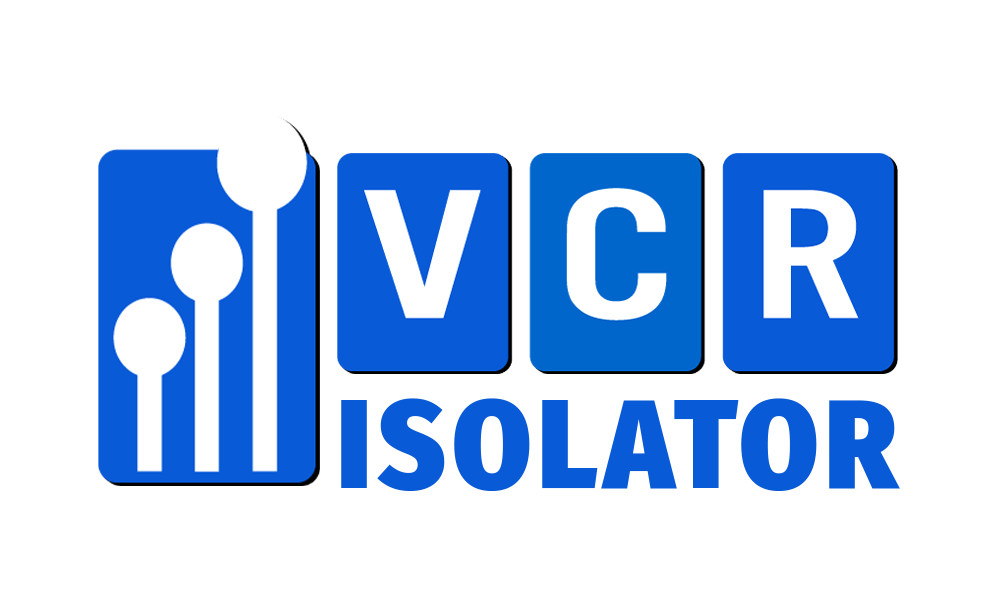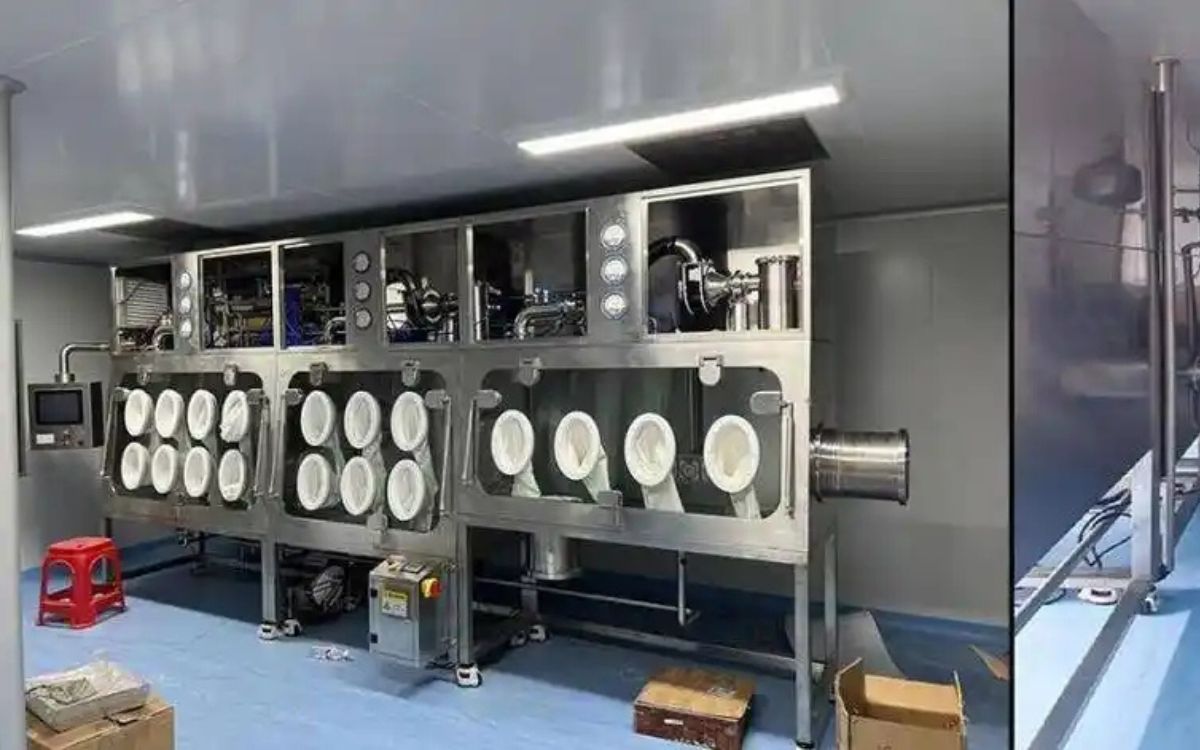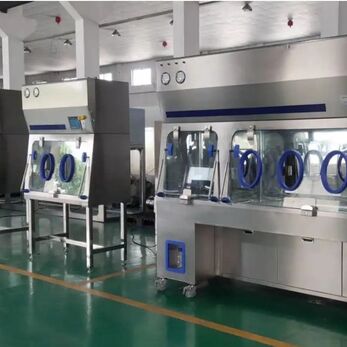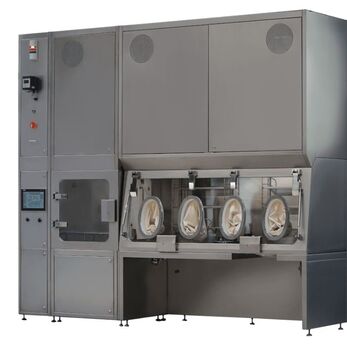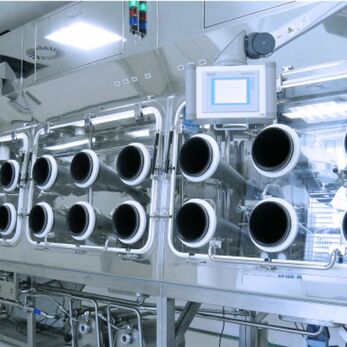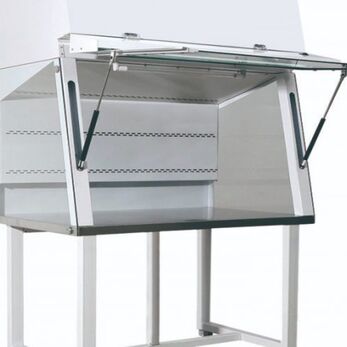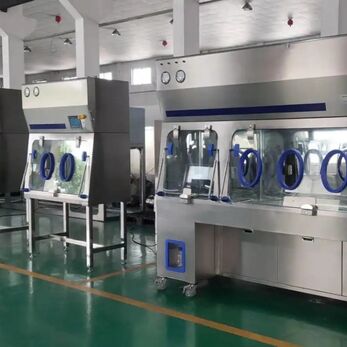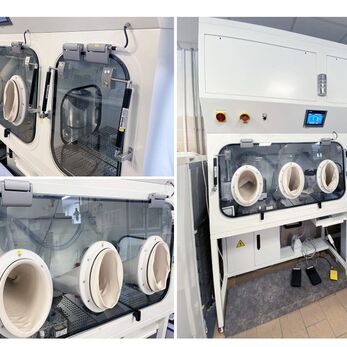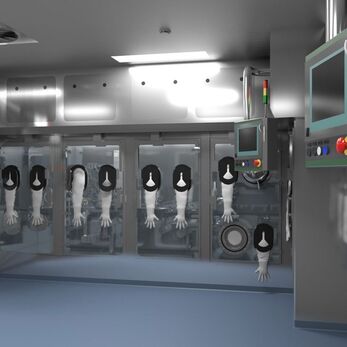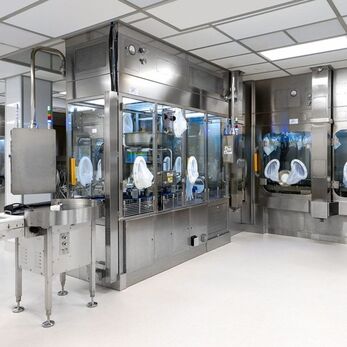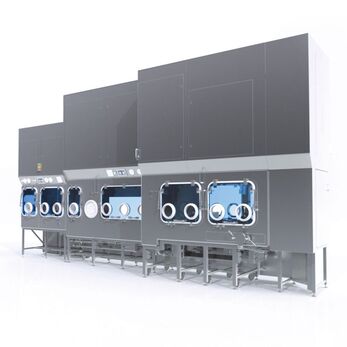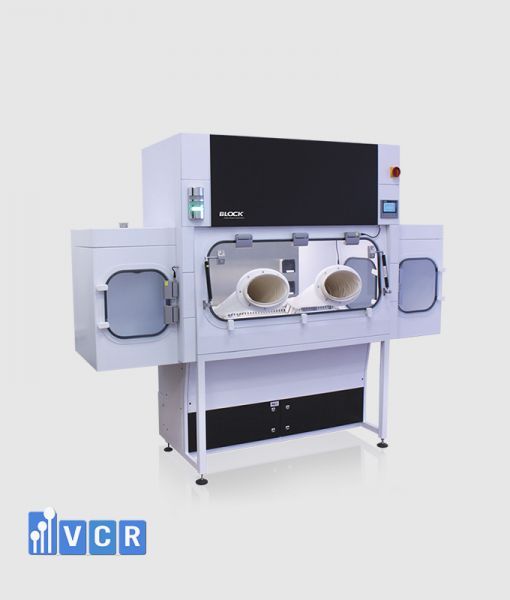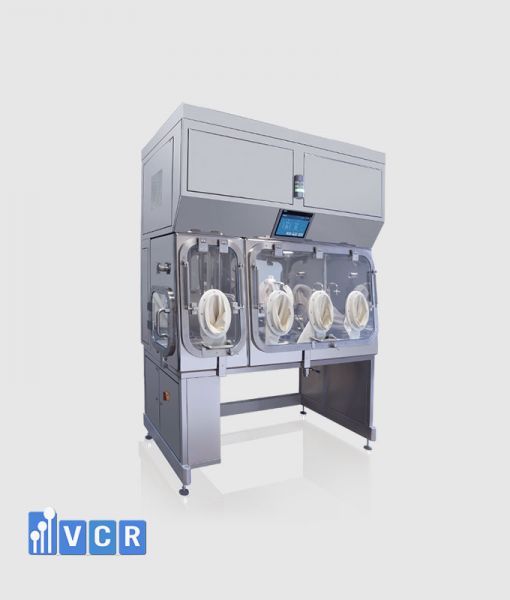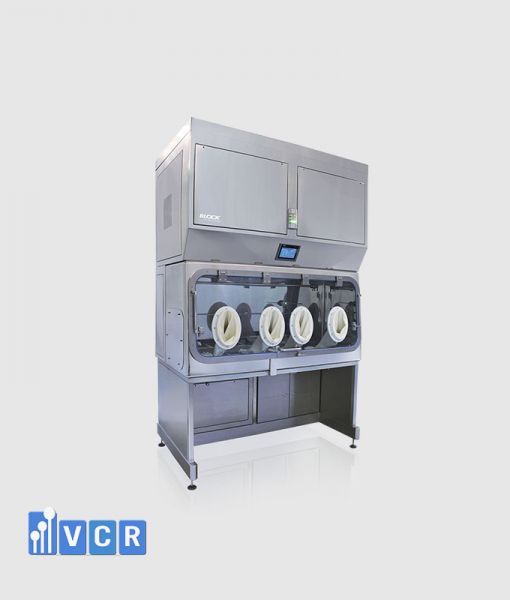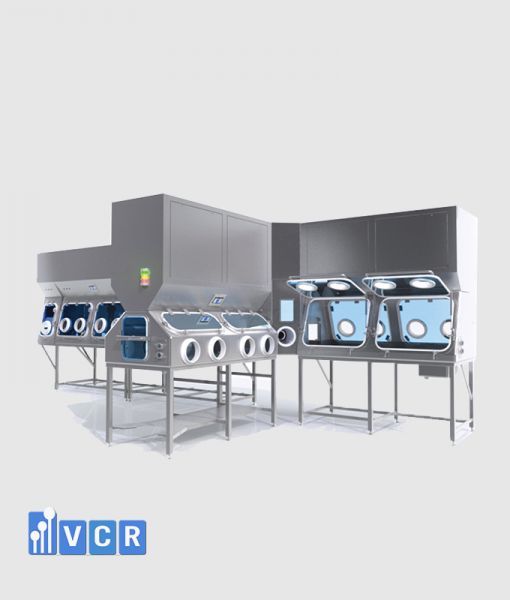Pharmaceutical isolators are absolute sterile isolation systems that use differential pressure and dual HEPA filtration to protect products from contamination. This article helps you understand when to use an isolator at the highest level of protection according to EU Annex 1 GMP standards.
- 1. What is an Isolator? Why is it Considered the Highest Level of Protection?
- 2. Five Typical Situations Where Pharmaceutical Isolators are Required
- 3. Standards Requiring the Use of Isolators in Pharmaceutical Production
- 4. Long-Term Benefits of Investing in Isolators for Pharmaceutical Facilities
- 5. Recommendations for Choosing the Right Type of Isolator
- 6. Frequently Asked Questions About Isolators in the Pharmaceutical Industry
- 7. Looking for a GMP-Compliant Containment Solution?
1. What is an Isolator? Why is it Considered the Highest Level of Protection?
Isolator according to GMP definition
In the pharmaceutical field, an isolator is a fully enclosed system designed to create an environment with absolute control over sterility and biosafety. According to GMP EU Annex 1, an isolator is defined as a device providing a physical barrier between the product and the operator, typically using pressure differentials, double HEPA filtration, and glove ports to maintain a high-level clean environment (usually ISO Class 5 or higher).
Comparison between isolators and other air filtration devices
|
Device |
Key Characteristics |
Level of Protection |
|
Laminar Hood |
Unidirectional airflow, open front, no isolation |
Protects product, does NOT protect operator |
|
Biosafety Cabinet (BSC) |
Two-way protection, HEPA filters, operated through an open front |
Medium-level protection for both product and operator |
|
RABS (Restricted Access Barrier System) |
Semi-enclosed system, limits direct contact |
Better than BSC, but still depends on operator handling |
|
Isolator |
Fully enclosed system, no direct contact |
HIGHEST protection for both product and operator |
Why isolators achieve the highest level of protection - Key components:
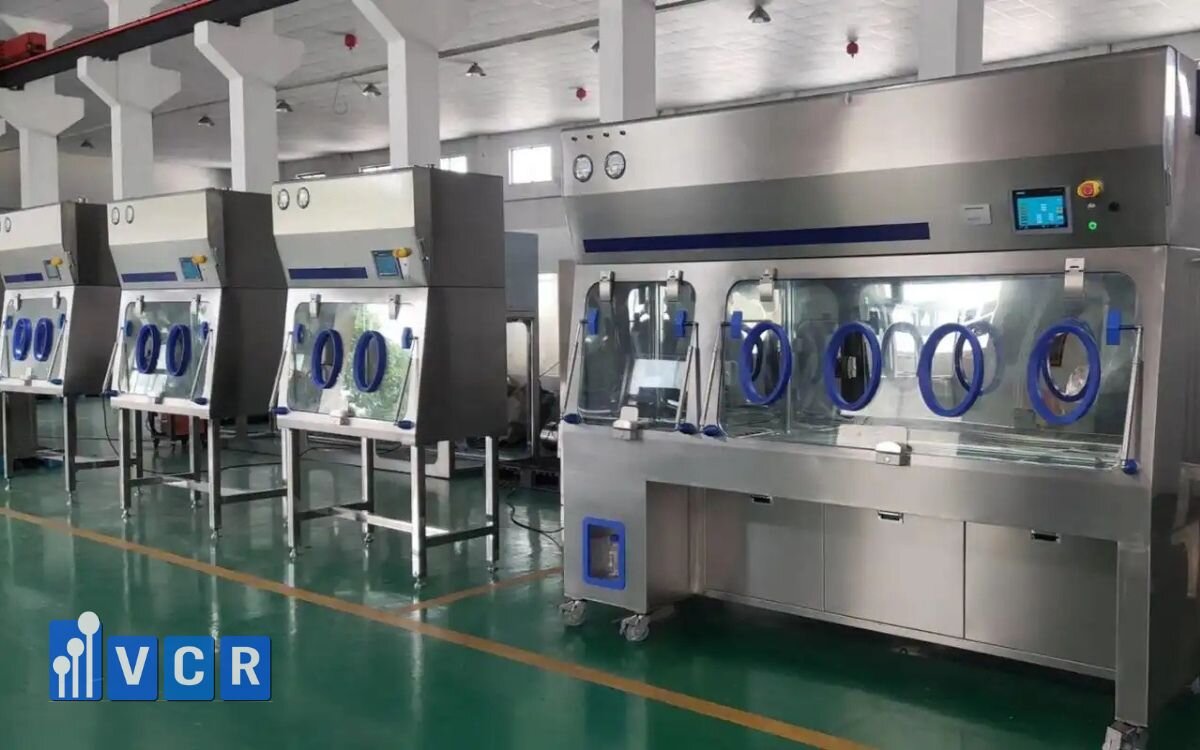
- Enclosed working chamber: Main area for handling materials without any direct exposure to the external environment.
- Glove ports: Allow operation from outside without compromising the internal environment.
- Pressure differential system: Creates unidirectional airflow, maintaining internal cleanliness and preventing leaks.
- Dual HEPA/ULPA filtration: Ensures continuous ISO Class 5 air quality, filtering microorganisms and ultrafine particles.
- Integrated decontamination module (e.g., H₂O₂ vapor): Enables rapid, effective cleaning between production batches.
How isolators protect both product and personnel:
- Product protection: Eliminates the risk of contamination from operators or the surrounding environment.
- Personnel protection: Prevents direct exposure to toxic APIs, hazardous biological agents, or high-risk pathogens.
2. Five Typical Situations Where Pharmaceutical Isolators are Required
An isolator is not always mandatory, but in some situations, it is virtually indispensable to ensure absolute safety for both sterile products and operators.
Below are five typical cases where pharmaceutical plants should - or must - use GMP-compliant isolators:
|
Situation |
Reason for Using an Isolator |
|
1. Manufacturing sterile injectables |
- Extremely high risk of microbial contamination. - Continuous ISO Class 5 environment required throughout compounding and filling. |
|
2. Weighing and dividing hazardous APIs |
- Highly potent substances (hormones, cytotoxic agents, anticancer drugs…). - Absolute isolation needed to protect personnel from inhalation, contact, or dermal absorption. |
|
3. Preparing biologics or vaccines |
- High risk of cross-contamination between live microbial strains. - Isolators limit each batch, ensuring specificity and safety. |
|
4. Final packaging in a controlled environment |
- After sterilization, products are easily recontaminated if the environment is not controlled. - Isolators provide a “final clean zone” before sealing products. |
|
5. Microbiological testing and environmental QC |
- Microbial samples must be handled in a contamination-free environment. - Isolators completely eliminate factors that can skew testing results. |
Note for GMP-compliant facilities:
Isolators are not only equipment solutions but a near-mandatory requirement in aseptic manufacturing, as clearly stated in GMP Annex 1, PIC/S PE 009, and ISO 14644-7.
3. Standards Requiring the Use of Isolators in Pharmaceutical Production
Isolators are not just a technical option - in many cases, their use is mandated by strict pharmaceutical regulations.
Here are three critical standards every pharmaceutical manufacturer should understand:
- GMP EU Annex 1 - Aseptic Processing
The latest version of GMP Annex 1 (updated 2022) highlights the mandatory role of isolators in aseptic manufacturing:
- Clause 4.3.1: “Isolators or RABS should be used in preference to open systems for aseptic processing.”
- Requires maintaining Grade A (ISO Class 5) environments continuously, with isolators being the most effective way to achieve this.
- Minimizes human intervention - the biggest risk factor for contamination.
- ISO 14644-7 - Clean Air Enclosures (Containment Systems)
This international standard covers:
- Design and qualification of isolation systems (isolators, RABS…) in cleanroom environments.
- Specific requirements for:
- Leak tightness
- Pressure differentials and airflow
- Indirect handling equipment (glove ports, transfer hatches…)
ISO 14644-7 treats isolators as “clean air enclosures” - independent clean zones under absolute physical control, not reliant on the external environment.
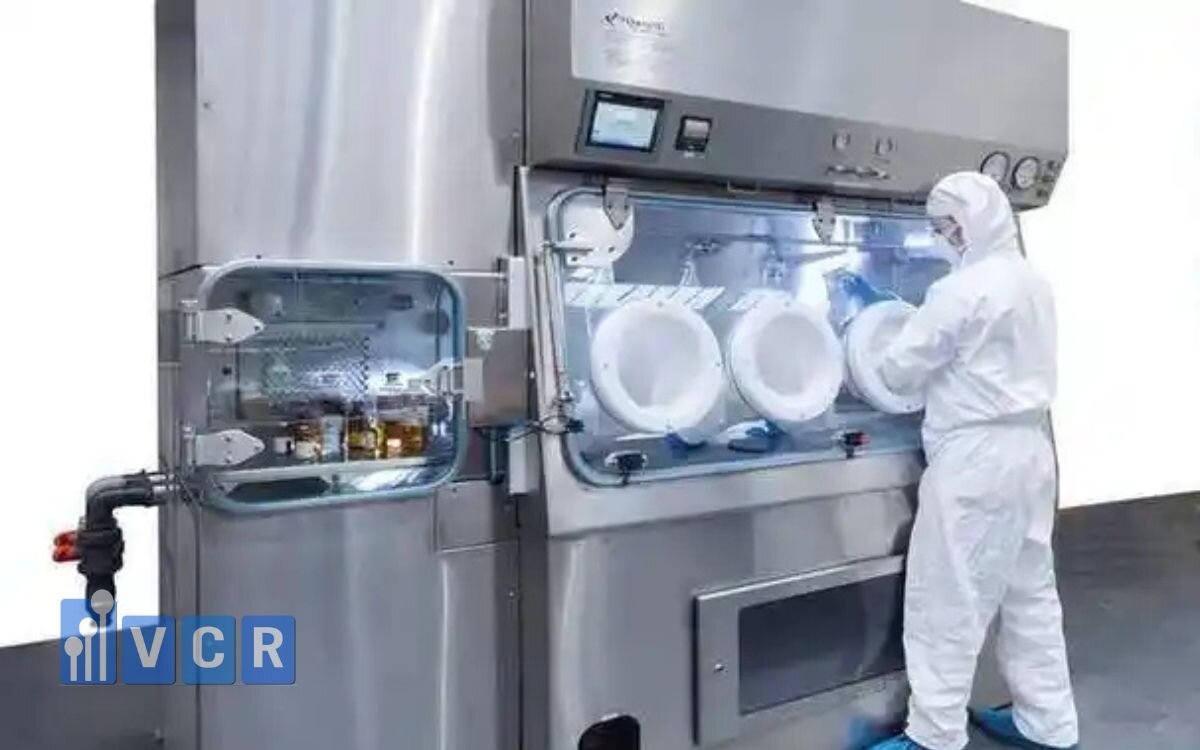
- PIC/S PE 009 - Guidance on Protecting Personnel and Products
PIC/S is an international GMP inspection guide adopted by over 50 countries, including Vietnam.
In its section on handling hazardous substances, PIC/S requires:
- Potent or hazardous APIs (cytotoxic agents, hormones…) must be handled using enclosed isolation equipment.
- Isolators are prioritized because they provide two-way protection - preventing both product contamination and operator exposure.
4. Long-Term Benefits of Investing in Isolators for Pharmaceutical Facilities
Although the initial investment in isolators may cause hesitation due to cost, in reality, this is a sustainable solution that offers significant economic, technical, and branding advantages in modern pharmaceutical manufacturing.
- Minimizing Cross-Contamination and Microbial Risk
Isolators create a sealed environment that eliminates contamination risks from operators - the highest-risk factor in aseptic processing.
Pressure differential systems combined with double HEPA filters help maintain a stable ISO Class 5 environment, even during complex tasks like filling, packaging, or microbiological testing.
Segregating production batches into separate chambers also reduces cross-contamination between product lines.
Clear benefits: Lower batch rejection rates, reduced retesting costs, improved process reliability.
- Enhancing Quality Control and Audit Readiness
Isolators are considered the “gold standard” in GMP, PIC/S, and FDA guidelines.
Facilities using isolators gain the ability to:
- Automatically log environmental parameters
- Reduce manual handling, improving consistency
- Clearly separate operator and product environments
This makes it easier for QA/QC teams to demonstrate compliance and confidently prepare for international GMP audits.
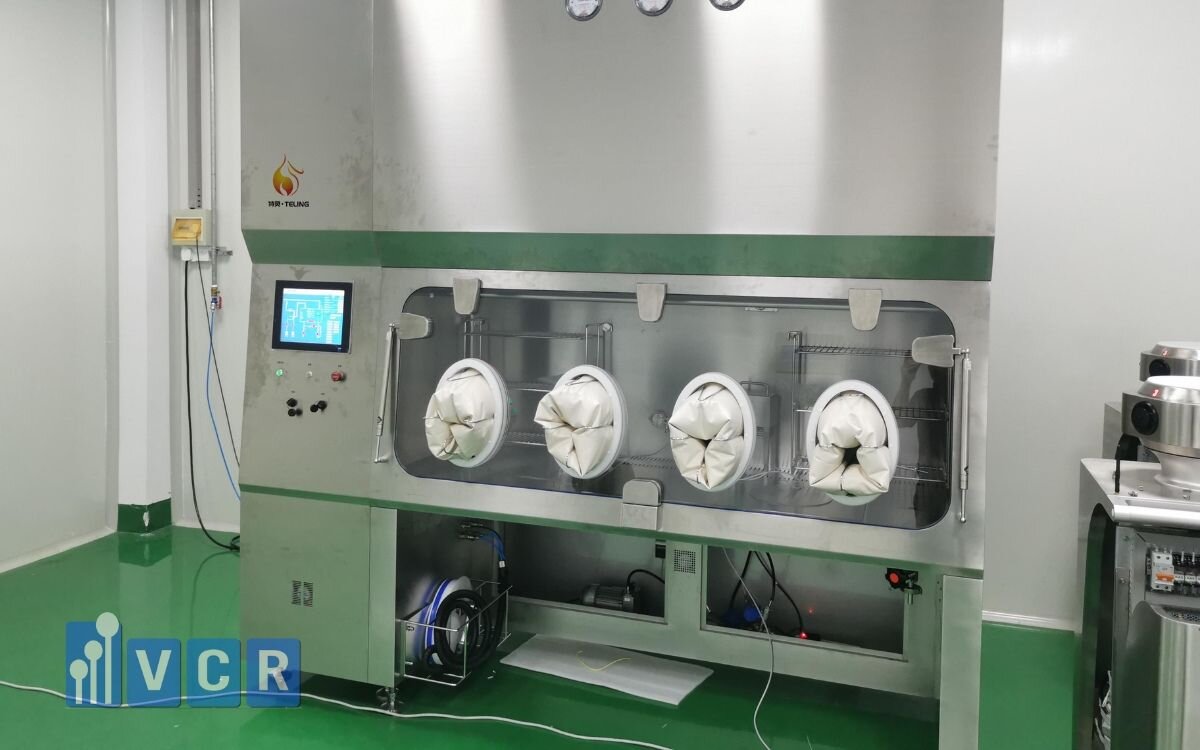
- Optimizing Operating Costs Compared to Full Grade A Cleanrooms
|
Solution |
Investment & Operational Cost |
|
Full Grade A Cleanroom |
High (requires HVAC for large volumes of space) |
|
Isolator inside Grade C or B room |
Cost-effective (only small working area needs strict control) |
Isolators allow manufacturers to localize critical operations, reducing:
- HVAC size and scope
- Power consumption
- Frequency and scale of cleaning procedures
Return on investment (ROI) is often achieved within 1-2 years of stable operation.
- Increasing Brand Value - Targeting Premium Markets
Using isolators signals a strong commitment to quality:
“We invest seriously in producing safe, sterile pharmaceuticals.”
Facilities with isolators often gain advantages when:
- Registering products in international markets
- Hosting inspections or facility tours
- Bidding to supply hospitals or healthcare networks
5. Recommendations for Choosing the Right Type of Isolator
Not all isolators are the same - each is designed to serve a specific purpose, based on product type, toxicity level of the materials, and sterility requirements.
Below is a table of the three most common types of isolators used in pharmaceutical manufacturing, along with their typical applications:
|
Isolator Type |
Suitable Applications |
|
Sterile Isolator |
- Compounding injectable drugs, IV solutions, vaccines - Aseptic filling operations - Tasks requiring continuous ISO Class 5 environment |
|
API Handling Isolator |
- Weighing, dispensing, and sampling highly potent APIs - Handling sensitive or hazardous substances (cytotoxic, hormones, corticosteroids) - Protects operators from direct exposure |
|
Microbiological QC Isolator |
- Handling live microbial samples - Environmental or biological product testing - Prevents cross-contamination and testing errors |
Key factors to consider when selecting an isolator:
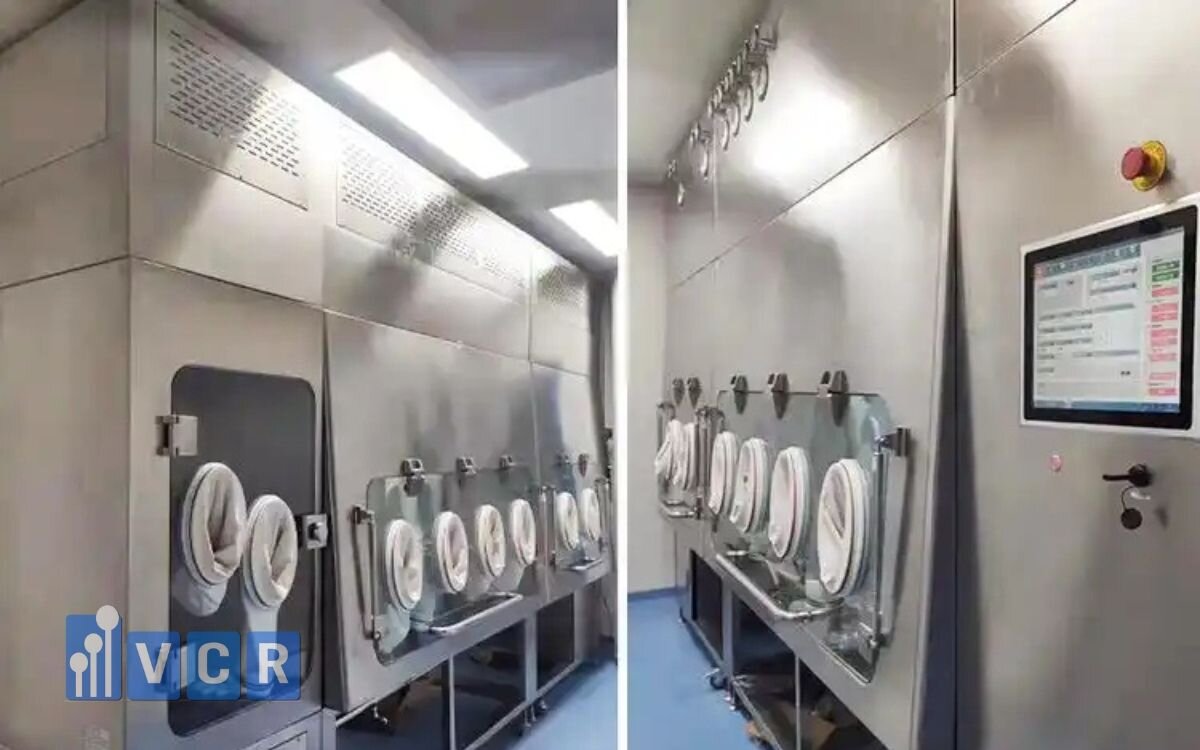
- Type of operation: Is absolute sterility required, or just containment of toxic substances?
- Material characteristics: Is it volatile, toxic, or biologically active?
- Applicable standards: GMP, ISO 14644, WHO-GMP, or PIC/S?
- Cleaning requirements: Does the isolator include integrated H₂O₂ decontamination, or is manual cleaning needed?
6. Frequently Asked Questions About Isolators in the Pharmaceutical Industry
- Are isolators mandatory under GMP?
→ Not all processes require isolators. However, under GMP EU Annex 1, isolators are the preferred and nearly default solution for aseptic manufacturing, where ISO Class 5 environments and strict contamination control are essential. - What’s the difference between isolators and biosafety cabinets (BSC)?
→ Isolators are completely sealed systems that physically separate the operator from the product. Operators never interact directly with the internal environment - all operations are done via glove ports.
In contrast, BSCs are semi-open devices that offer one-way protection - usually for the product or the operator, depending on the class. BSCs do not fully eliminate the risk of cross-contamination during complex procedures. - Can isolators be used for both closed and open processes?
→ Yes. Depending on the design, isolators can be:
- Closed systems: Fully sealed, suitable for processes that require no opening during operation.
- Open systems: Can be safely opened when necessary - ideal for sampling, weighing, or flexible packaging tasks.
The most important consideration is to choose a design that aligns with your production workflow and regulatory requirements (GMP, ISO, PIC/S, etc.).
7. Looking for a GMP-Compliant Containment Solution?
An isolator is more than just a piece of equipment - it's a key investment that helps your pharmaceutical facility elevate product quality, manage operational risks, and pass international audits with confidence.
VCR specializes in consulting, supplying, and installing isolators tailored to your specific production needs, including:
- Sterile isolators
- API containment isolators
- QC microbiology isolators
All solutions are fully compliant with the strictest standards: GMP EU Annex 1, ISO 14644-7, and PIC/S.
Contact VCR now for expert consultation and an optimal isolator solution:
Hotline: 090.123.9008
Email: [email protected]
Website: https://isolator.vn/
Diep VCR


